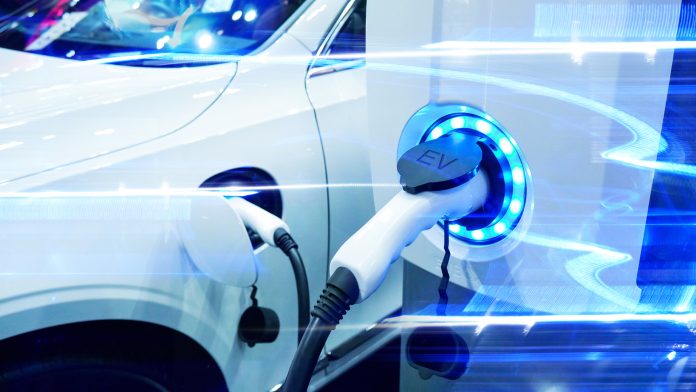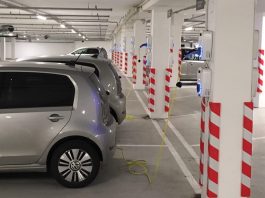ChargePoint’s Policy Director UK & Ireland, Tanya Sinclair, speaks to The Innovation Platform about some of the most common myths about electric vehicles.
Electric vehicles fight climate change by powering transportation with electricity instead of fossil fuels. ChargePoint operates the world’s leading and most open electric vehicles charging network and builds all the technology that supports it. Charging stations can run on renewable energy to keep pushing down emissions and electricity costs related to charging.
TIP speaks to ChargePoint’s Director of Policy UKI, Tanya Sinclair about some of the most common myths about electric vehicles in the UK.
What is the current state of electric vehicles in the UK? How much has the adoption of electric vehicles increased over the past five years?
Electric vehicles are getting more negative press in terms of public perception, but the statistics are actually positive. If you look at the registration statistics, battery-powered electric vehicles, hybrid vehicles, and plug-in hybrid vehicles make up almost 10% of new car sales from December last year. This demonstrates that there are now alternatives to traditional petrol-powered cars which are really promising. Moreover, we are on the precipice of electric vehicles becoming mainstream vehicles.
What would you say are the main reasons holding the UK back from the mass adoption of electric vehicles?
The UK isn’t being held back from the mass adoption of electric vehicles, the process just takes time. The British public need time in order to get acquainted with the technology and there is absolutely nothing wrong with that. We believe 2021 is going to be a good year for the sector, and there’s a number of reasons for that. The public is becoming more familiar with vehicles and their accessibility; car manufacturers are also making more electric vehicles, and governments are really starting to kick start this process. For example, the UK government recently pushed forward the ban for selling diesel, petrol and hybrid vehicles from 2050 to 2035.
What are some of the most common myths about electric vehicles in the UK?
Common misconceptions are really interesting. Having worked in this sector for almost a decade now, some of the first myths about electric vehicles when it was first brought into the market are still perpetuating today. The most common myth focuses on the range and the idea of a ‘100’ mile range. However, electric vehicles today are going 300+ miles. For example, the best range for an electric car is 375 miles for a Tesla model and the Kia e-niro (a more affordable model) has a standard range of 282 miles. Electric vehicles are now taxis, vans, hardworking commercial vehicles that can do the same type of work as vehicles that are petrol or diesel, yet this idea that they do not go very far still perpetuates.
Another prevalent myth is around the charging infrastructure and the feasibility of it. Many people believe there is nowhere to charge your electric vehicles when in reality there are thousands of charging points across the UK. The two main factors that make people feel that there are no places to charge:
- They do not know that they are there; and
- The perception of needing to have public charging.
The reality is that once you start looking for charge points, they are everywhere. Moreover, if you’ve got at home charging or a charging system at work you will most likely utilise these. It is very rare that you will have to rely on the public network and on-street parking. Technology is really a big part of a solution to that, such as applications on smartphones that tell you where these charging points are located and whether or not they are available for immediate use. Delta – EE has recently released a report revealing UK is a front runner on electric vehicles charging. There are more than 14,500 public charging points in more than 9,000 locations in the UK. Another prevalent myth is that charging electric vehicles takes too long. However, there are a number of rapid chargers available offering fast charging. For example, our CPE250 (ChargePoint Express 250) provides high-power DC charging in a small footprint – it has 25% more power than 50kW stations.
What is the current infrastructure in place in the UK to support the rise of electric vehicles?
The UK is really lucky in some respects in regards to how our infrastructure has evolved. However, the downside of that infrastructure is that it’s all picked up and operated by different companies. Something that ChargePoint is working really hard on is bridging those different and separate networks so that they can communicate with each other. We want to get to the point where any car can go to any station and use it for the same optimised driver experience.
Tanya Sinclair
Policy Director UK & Ireland
ChargePoint
europepressoffice@chargepoint.com
Tweet @ChargePointnet
www.chargepoint.com/en-gb/
Please note, this article will also appear in the first edition of our new quarterly publication.





